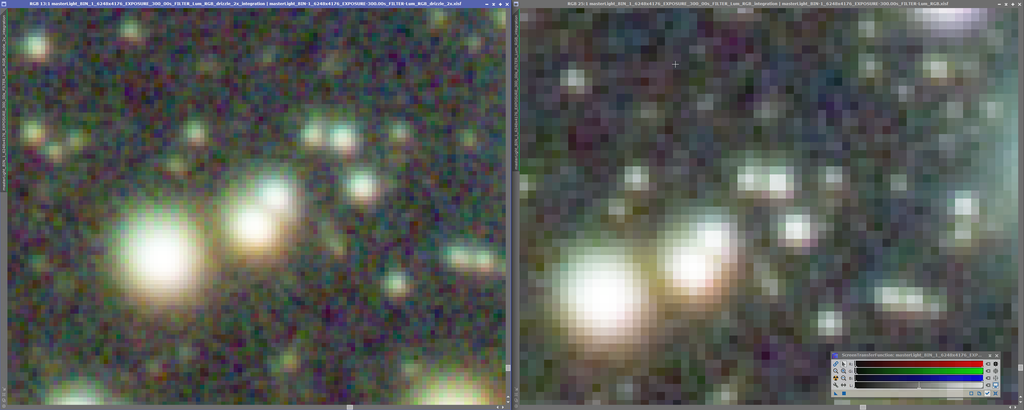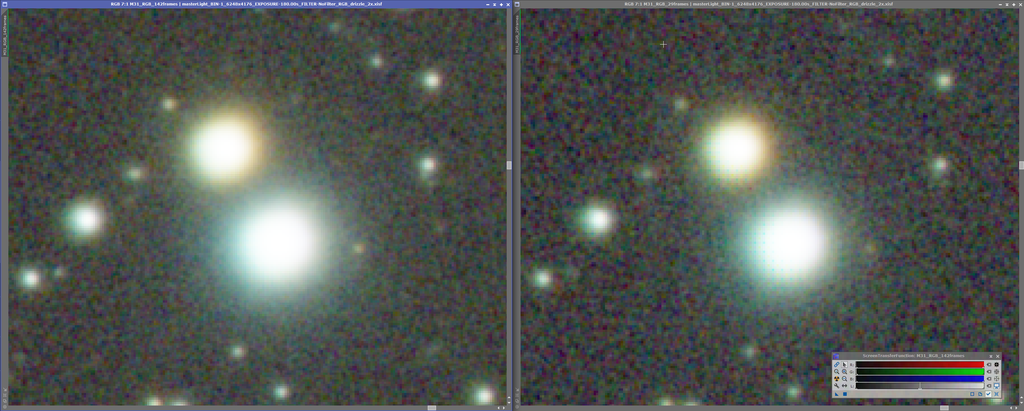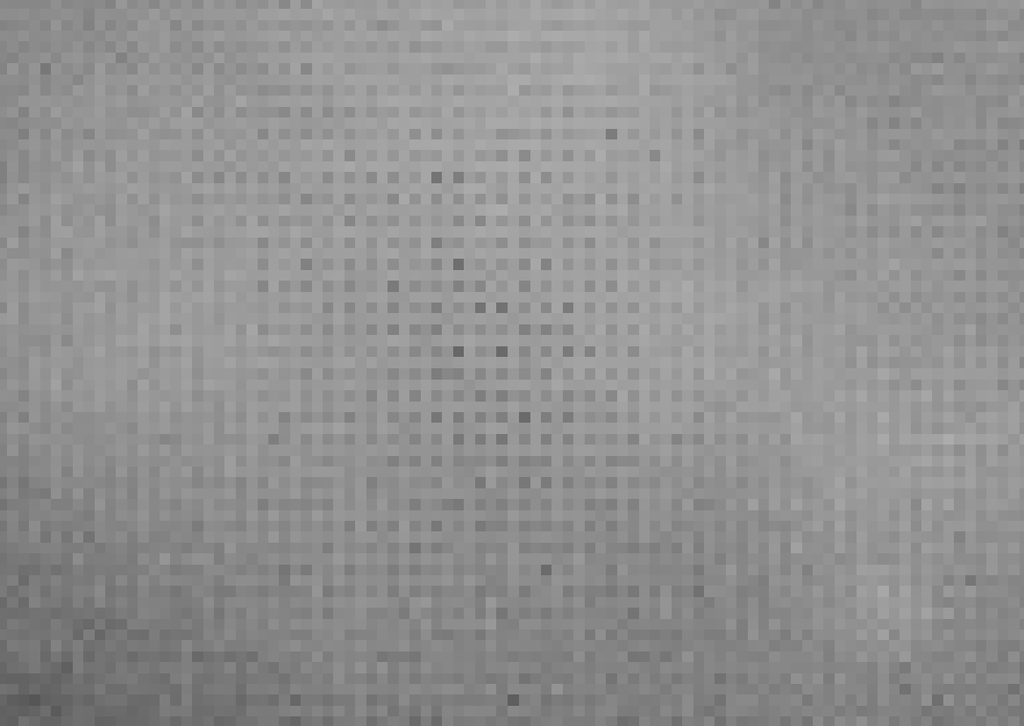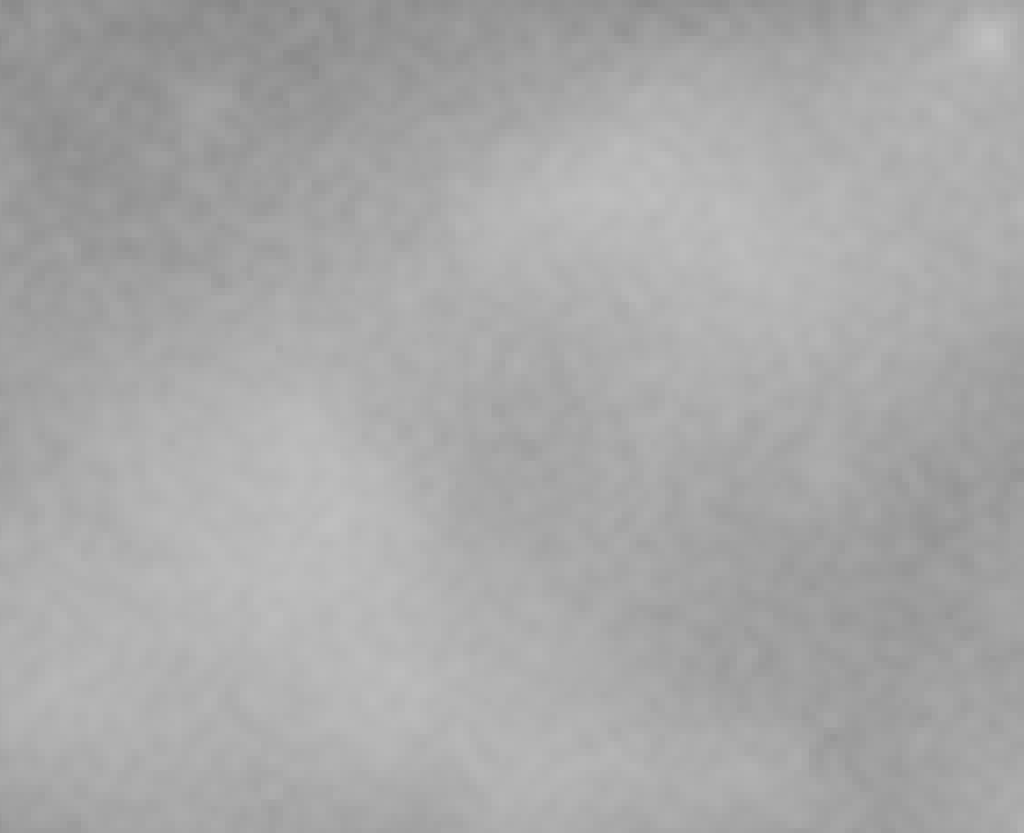Hello everyone, in a recent processing I found a checkerborad-like pattern around bigger and medium sized stars, mostly on one half of them. But this only occurs in the drizzled image (see screenshot below: left: drizzled image, right: non-drizzled image). It becomes even more obvious in the finally processed image. Imaged with a ZWO ASI2600MC Pro through an Askar FRA300 Pro, no additional filter. The drizzle settings were: - Scale: 2 - Dropshrink: 0.85 - Function: Square - Number of light frames: 50, 300 s each, with dithering applied after every second frame, 10 pixels Also noticeable is the much stronger color noise in the left image than on the right. It probably has to do something with the bayer matrix/debayering in combination with drizzle? Since the bayer pattern is somehow visible. Does anyone have an idea for the reason of this result and how to fix it? Can it be solved with different debayering settings or different drizzle settings or both? Or do I "just" have to increase the number of light frames? Thanks for your help! CS, Klaus  |
You cannot like this item. Reason: "ANONYMOUS".
You cannot remove your like from this item.
Editing a post is only allowed within 24 hours after creating it.
You cannot Like this post because the topic is closed.
Copy the URL below to share a direct link to this post.
This post cannot be edited using the classic forums editor.
To edit this post, please enable the "New forums experience" in your settings.
Honestly, I'm not seeing anything I wouldn't expect here. The noise might just be more apparent in the drizzled image just because the resolution is higher. I do see a color shift.
|
You cannot like this item. Reason: "ANONYMOUS".
You cannot remove your like from this item.
Editing a post is only allowed within 24 hours after creating it.
You cannot Like this post because the topic is closed.
Copy the URL below to share a direct link to this post.
This post cannot be edited using the classic forums editor.
To edit this post, please enable the "New forums experience" in your settings.
Do not drizzle, simples! Always said that that one is one step too far… But, seriously, you'll find that doubling up the image scale isn't yielding a too different result than drizzle would, and that even assuming that the original files are significantly undersampled.
|
You cannot like this item. Reason: "ANONYMOUS".
You cannot remove your like from this item.
Editing a post is only allowed within 24 hours after creating it.
You cannot Like this post because the topic is closed.
Copy the URL below to share a direct link to this post.
This post cannot be edited using the classic forums editor.
To edit this post, please enable the "New forums experience" in your settings.
I have seen this exact same pattern (same camera, dithering every frame, same drizzle settings except I was using a dropshrink of 0.9). I was also wondering if it was some bad interaction with deBayering. I was going to try a few other settings (different shape function such as Gaussian and/or Bilinear interpolation for debayering). But I haven't had time to try it.
|
You cannot like this item. Reason: "ANONYMOUS".
You cannot remove your like from this item.
Editing a post is only allowed within 24 hours after creating it.
You cannot Like this post because the topic is closed.
Copy the URL below to share a direct link to this post.
This post cannot be edited using the classic forums editor.
To edit this post, please enable the "New forums experience" in your settings.
50 frames seems on the lower end and drizzling by 10 pixels on the high end? Don't you want to increase the sampling frequency in the spatial domain by drizzling and thus only shift by a small amount on the few pixel order? Maybe someone with a deeper understanding of the technique can pitch in.
|
You cannot like this item. Reason: "ANONYMOUS".
You cannot remove your like from this item.
Editing a post is only allowed within 24 hours after creating it.
You cannot Like this post because the topic is closed.
Copy the URL below to share a direct link to this post.
This post cannot be edited using the classic forums editor.
To edit this post, please enable the "New forums experience" in your settings.
Klaus Haaken:
Hello everyone,
in a recent processing I found a checkerborad-like pattern around bigger and medium sized stars, mostly on one half of them. But this only occurs in the drizzled image (see screenshot below: left: drizzled image, right: non-drizzled image). It becomes even more obvious in the finally processed image. Hi Klaus, I think I had similar case in my previous integrations with much more images than you had. Did you use WBPP for the whole integration with drizzle?
|
You cannot like this item. Reason: "ANONYMOUS".
You cannot remove your like from this item.
Editing a post is only allowed within 24 hours after creating it.
You cannot Like this post because the topic is closed.
Copy the URL below to share a direct link to this post.
This post cannot be edited using the classic forums editor.
To edit this post, please enable the "New forums experience" in your settings.
I don't know for sure, but I suspect it might have to do with the number of lights. Even though every frame is drizzled, 50 is somewhat of a low number. I personally tend to image no less than 10 hours (target dependent, of course) which results in a fairly high number of subs, but I know not everyone does.
A test you could do now without requiring additional data is to stack with the same settings, but something less like 25-35 lights and see how the pattern looks. Maybe the results compared to what you have now might lead you in a certain direction? Also, I wonder if the dither of 10 somehow comes into play. Maybe it multiplies/divides evenly in the math under the hood? Again, I know every situation and person is unique, but I dither 7. I figured it fit into the "enough" category, but it's a prime number that maybe randomizes the math a little bit?
|
You cannot like this item. Reason: "ANONYMOUS".
You cannot remove your like from this item.
Editing a post is only allowed within 24 hours after creating it.
You cannot Like this post because the topic is closed.
Copy the URL below to share a direct link to this post.
This post cannot be edited using the classic forums editor.
To edit this post, please enable the "New forums experience" in your settings.
Dan Kokinda:
I don't know for sure, but I suspect it might have to do with the number of lights. Don't think so.
|
You cannot like this item. Reason: "ANONYMOUS".
You cannot remove your like from this item.
Editing a post is only allowed within 24 hours after creating it.
You cannot Like this post because the topic is closed.
Copy the URL below to share a direct link to this post.
This post cannot be edited using the classic forums editor.
To edit this post, please enable the "New forums experience" in your settings.
andrea tasselli:
Don't think so. Yeah, that was my initial thought, but as I typed, my thought pattern went more to the math, as I described.
|
You cannot like this item. Reason: "ANONYMOUS".
You cannot remove your like from this item.
Editing a post is only allowed within 24 hours after creating it.
You cannot Like this post because the topic is closed.
Copy the URL below to share a direct link to this post.
This post cannot be edited using the classic forums editor.
To edit this post, please enable the "New forums experience" in your settings.
andrea tasselli:
Do not drizzle, simples! Always said that that one is one step too far... But, seriously, you'll find that doubling up the image scale isn't yielding a too different result than drizzle would I respectfully disagree. Properly drizzling a sufficient number of properly dithered subs will fill in the "holes" with actual data rather than simple interpretation giving a smoother, more natural result. The key is proper dithering and a sufficient number of subs.
|
You cannot like this item. Reason: "ANONYMOUS".
You cannot remove your like from this item.
Editing a post is only allowed within 24 hours after creating it.
You cannot Like this post because the topic is closed.
Copy the URL below to share a direct link to this post.
This post cannot be edited using the classic forums editor.
To edit this post, please enable the "New forums experience" in your settings.
Dan Kokinda:
I respectfully disagree. Properly drizzling a sufficient number of properly dithered subs will fill in the "holes" with actual data rather than simple interpretation giving a smoother, more natural result. The key is proper dithering and a sufficient number of subs. *I do disagree. The key factors are undersampling and non-unit dithering assuming we are talking drizzling with a scale factor greater than 1 but not when using OSCs, where interpolation occurs during debayering. The "holes" are filled with assumptions and best guesses and so are when using PI's resample algorithms.
|
You cannot like this item. Reason: "ANONYMOUS".
You cannot remove your like from this item.
Editing a post is only allowed within 24 hours after creating it.
You cannot Like this post because the topic is closed.
Copy the URL below to share a direct link to this post.
This post cannot be edited using the classic forums editor.
To edit this post, please enable the "New forums experience" in your settings.
So I am no expert, and I have had the same type of questions, so I did a "back of the napkin calculation" based on moving 5 pixels each time in a circular pattern and in a square pattern. The estimate was ~314 sub-frames required for a circular patter to cover the area traversed and ~400 sub-frames for a square pattern to be traversed (this is ignoring a lot of other conditions). While these are estimates, it reaffirms the need for more data (data-data-data) as other have suggested. I ALWAYS only get about 1-2 hrs before the clouds roll in, so I think I might stop dithering myself, thanks for the question.
Again this was very rough estimates.
Cheers
-T
|
You cannot like this item. Reason: "ANONYMOUS".
You cannot remove your like from this item.
Editing a post is only allowed within 24 hours after creating it.
You cannot Like this post because the topic is closed.
Copy the URL below to share a direct link to this post.
This post cannot be edited using the classic forums editor.
To edit this post, please enable the "New forums experience" in your settings.
Thanks to everyone so far for your replies and ideas! I appreciate that very much. @Vitaly Yes, all was done within WBPP. I know that 50 frames is on the lower side. I usually try to get more single frames. In this case, this was just the unfiltered data, I also had 100+ frames of data with the L-Extreme filter. There I do not see the issues around the stars. However, for the final image I wanted to use the RGB stars. By the way, the final image is the squid nebula on my profile. If you zoom in, you will see the pattern in the final image. 
Sh2-129, Ou4 - The flying bat and the squid nebulaI am now testing some different options/settings. As you also mentioned, @Dan Kokinda , I was already thinking to try to compare different numbers of integration frames. I just started to test this with another image where I have 140+ frames.
|
You cannot like this item. Reason: "ANONYMOUS".
You cannot remove your like from this item.
Editing a post is only allowed within 24 hours after creating it.
You cannot Like this post because the topic is closed.
Copy the URL below to share a direct link to this post.
This post cannot be edited using the classic forums editor.
To edit this post, please enable the "New forums experience" in your settings.
I’ve drizzled 2x using wbpp with 30 subs and NOT had this problem. Did you dither in both dec and ra?
|
You cannot like this item. Reason: "ANONYMOUS".
You cannot remove your like from this item.
Editing a post is only allowed within 24 hours after creating it.
You cannot Like this post because the topic is closed.
Copy the URL below to share a direct link to this post.
This post cannot be edited using the classic forums editor.
To edit this post, please enable the "New forums experience" in your settings.
Dan Kokinda:
andrea tasselli:
Do not drizzle, simples! Always said that that one is one step too far... But, seriously, you'll find that doubling up the image scale isn't yielding a too different result than drizzle would
I respectfully disagree. Properly drizzling a sufficient number of properly dithered subs will fill in the "holes" with actual data rather than simple interpretation giving a smoother, more natural result. The key is proper dithering and a sufficient number of subs. I agree, it's clear that resolution has increased.
|
You cannot like this item. Reason: "ANONYMOUS".
You cannot remove your like from this item.
Editing a post is only allowed within 24 hours after creating it.
You cannot Like this post because the topic is closed.
Copy the URL below to share a direct link to this post.
This post cannot be edited using the classic forums editor.
To edit this post, please enable the "New forums experience" in your settings.
I would love to see both images at full scale.
|
You cannot like this item. Reason: "ANONYMOUS".
You cannot remove your like from this item.
Editing a post is only allowed within 24 hours after creating it.
You cannot Like this post because the topic is closed.
Copy the URL below to share a direct link to this post.
This post cannot be edited using the classic forums editor.
To edit this post, please enable the "New forums experience" in your settings.
Klaus Haaken:
@Vitaly Yes, all was done within WBPP. I don't really remember how I did get the integration normal again...but maybe try drizzling separately outside wbpp using the corresponding DrizzleIntegration process...
|
You cannot like this item. Reason: "ANONYMOUS".
You cannot remove your like from this item.
Editing a post is only allowed within 24 hours after creating it.
You cannot Like this post because the topic is closed.
Copy the URL below to share a direct link to this post.
This post cannot be edited using the classic forums editor.
To edit this post, please enable the "New forums experience" in your settings.
andrea tasselli:
*I do disagree. The key factors are undersampling and non-unit dithering assuming we are talking drizzling with a scale factor greater than 1 but not when using OSCs, where interpolation occurs during debayering. The "holes" are filled with assumptions and best guesses and so are when using PI's resample algorithms. Please see Juan Conejero's comment (comment #12, Juan is Pix staff).
|
You cannot like this item. Reason: "ANONYMOUS".
You cannot remove your like from this item.
Editing a post is only allowed within 24 hours after creating it.
You cannot Like this post because the topic is closed.
Copy the URL below to share a direct link to this post.
This post cannot be edited using the classic forums editor.
To edit this post, please enable the "New forums experience" in your settings.
This is a known issue with (presumably CFA) drizzle while upscaling the data - look for the Pixinsight thread from 2021 titled "CFA Drizzle Woes". I've encountered this pattern while attempting integrations with 450~ dithers but getting more data can partially minimize the artifacts.
|
You cannot like this item. Reason: "ANONYMOUS".
You cannot remove your like from this item.
Editing a post is only allowed within 24 hours after creating it.
You cannot Like this post because the topic is closed.
Copy the URL below to share a direct link to this post.
This post cannot be edited using the classic forums editor.
To edit this post, please enable the "New forums experience" in your settings.
Just a quick comparison, but I think that makes some things clearer: Here I integrated 142 frames (left image) and 29 frames (right image), with drizzle, everything in WBPP with the same settings, only the number of lights differs. The pattern is much more prominent on the right.  |
You cannot like this item. Reason: "ANONYMOUS".
You cannot remove your like from this item.
Editing a post is only allowed within 24 hours after creating it.
You cannot Like this post because the topic is closed.
Copy the URL below to share a direct link to this post.
This post cannot be edited using the classic forums editor.
To edit this post, please enable the "New forums experience" in your settings.
This is what happens when I drizzle (using APP), with lots of subs / dither:  Which is why I don't use drizzle anymore. BTW, this is the same region of the image without drizzling:  |
You cannot like this item. Reason: "ANONYMOUS".
You cannot remove your like from this item.
Editing a post is only allowed within 24 hours after creating it.
You cannot Like this post because the topic is closed.
Copy the URL below to share a direct link to this post.
This post cannot be edited using the classic forums editor.
To edit this post, please enable the "New forums experience" in your settings.
Does it improve if you reduce the drop shrink? Are you sure you are dithering an adequate distance?
Even with a drop shrink of 1 you’ll still get an improvement to resolution with a CFA drizzle from sub-pixel sampling. I use it pretty regularly (not so much for resolution, as post-processing tools are available to solve many problems without sacrifice S/N, but to address other challenges associated with debayering, which affect tools like SPCC) and while sometimes characteristics owing to the CFA are present, I have rarely seen something this pronounced. Even when working with as few as 50 files.
|
You cannot like this item. Reason: "ANONYMOUS".
You cannot remove your like from this item.
Editing a post is only allowed within 24 hours after creating it.
You cannot Like this post because the topic is closed.
Copy the URL below to share a direct link to this post.
This post cannot be edited using the classic forums editor.
To edit this post, please enable the "New forums experience" in your settings.
Skender Kajoshaj:
This is what happens when I drizzle (using APP), with lots of subs / dither: Something has gone wildly wrong here. That looks like there simply isn’t enough data for the drizzle. If you’re correct that there is plenty of data and it is well-dithered (with an adequate distance) that implies that APP’s drizzle is really awful. Is there a CFA/color sensor option that needs to be enabled, or is drizzling CFA data just not supported? I’ve never seen something that bad in PixInsight, even with inadequate data.
|
You cannot like this item. Reason: "ANONYMOUS".
You cannot remove your like from this item.
Editing a post is only allowed within 24 hours after creating it.
You cannot Like this post because the topic is closed.
Copy the URL below to share a direct link to this post.
This post cannot be edited using the classic forums editor.
To edit this post, please enable the "New forums experience" in your settings.
James Peirce:
Does it improve if you reduce the drop shrink? Are you sure you are dithering an adequate distance?
Even with a drop shrink of 1 you’ll still get an improvement to resolution with a CFA drizzle from sub-pixel sampling. I use it pretty regularly (not so much for resolution, as post-processing tools are available to solve many problems without sacrifice S/N, but to address other challenges associated with debayering, which affect tools like SPCC) and while sometimes characteristics owing to the CFA are present, I have rarely seen something this pronounced. Even when working with as few as 50 files. Thank you James for your comment. I made further tests. I tried drop shrink of 0.9 and 1.0 for my quick 29-frames-example (from above). It only improved a very little bit. Then I tested the approach that you, @Vitaly suggested, integrating the 29 frames in WBPP (without drizzle) and then use the process "drizzleIntegration" seperately with just the default settings (scale 2, drop shrink 0.9). In the deafult of the tool the CFA drizzle is not enabled and the resulting image does not show this pattern. However, without the CFA drizzle, it does not really drizzle but only resample the image? Do I see this correct? Maybe I am just not getting it ;) I am still learning...
|
You cannot like this item. Reason: "ANONYMOUS".
You cannot remove your like from this item.
Editing a post is only allowed within 24 hours after creating it.
You cannot Like this post because the topic is closed.
Copy the URL below to share a direct link to this post.
This post cannot be edited using the classic forums editor.
To edit this post, please enable the "New forums experience" in your settings.
Klaus Haaken:
In the deafult of the tool the CFA drizzle is not enabled and the resulting image does not show this pattern. However, without the CFA drizzle, it does not really drizzle but only resample the image? Do I see this correct? You have to enable CFA Drizzle for drizzling OSC images from POV.
|
You cannot like this item. Reason: "ANONYMOUS".
You cannot remove your like from this item.
Editing a post is only allowed within 24 hours after creating it.
You cannot Like this post because the topic is closed.
Copy the URL below to share a direct link to this post.
This post cannot be edited using the classic forums editor.
To edit this post, please enable the "New forums experience" in your settings.







